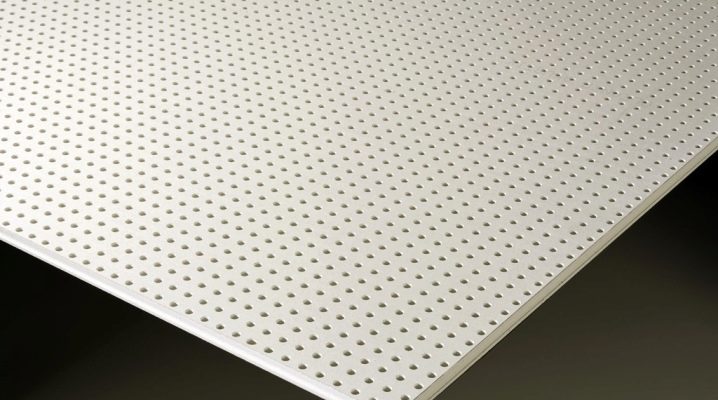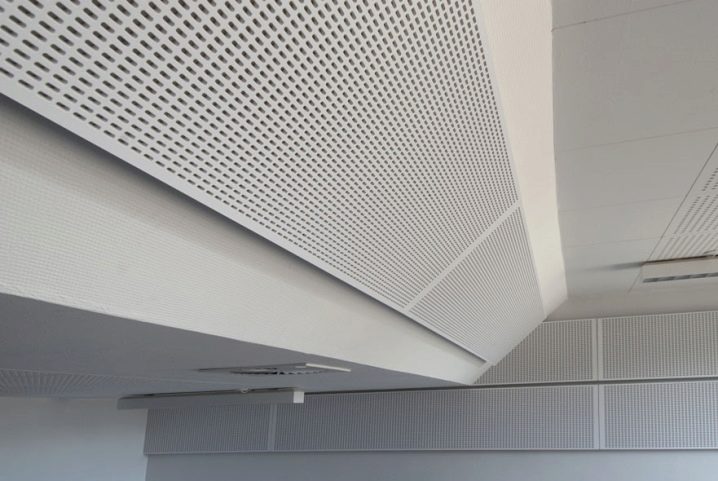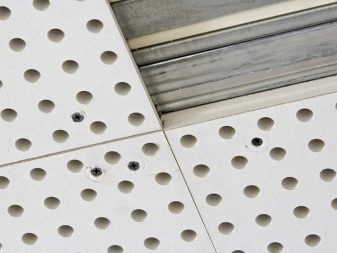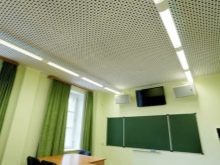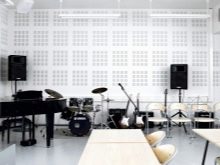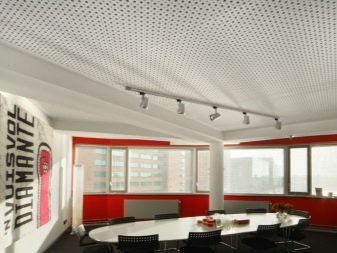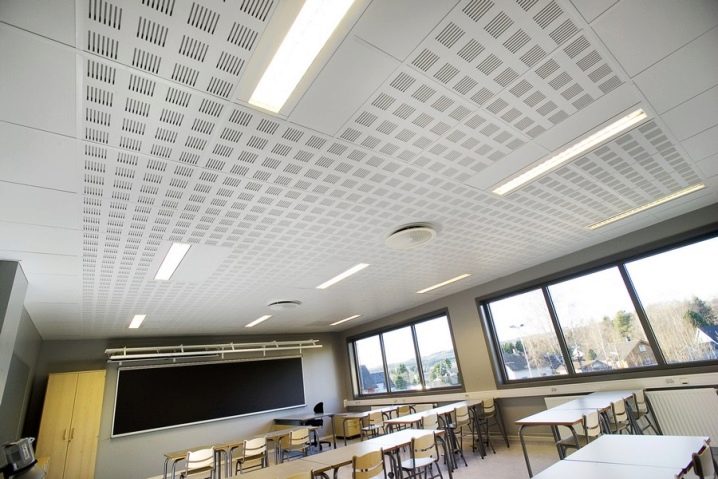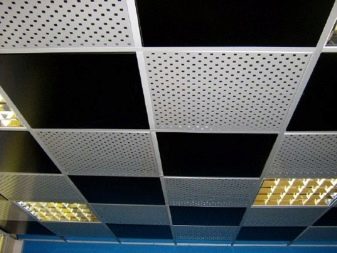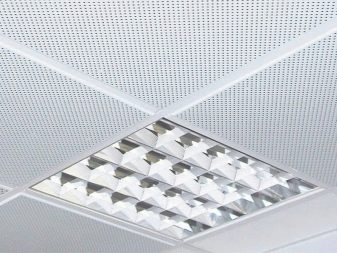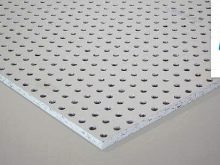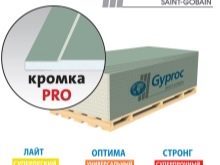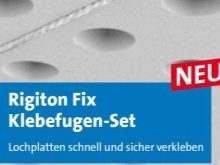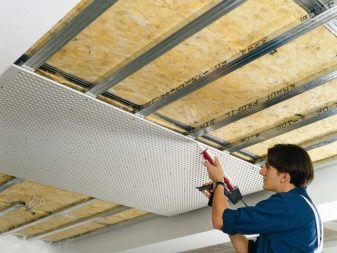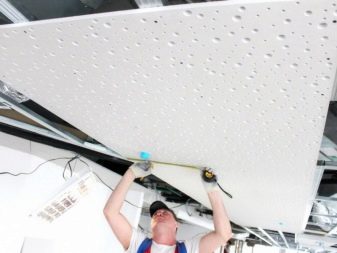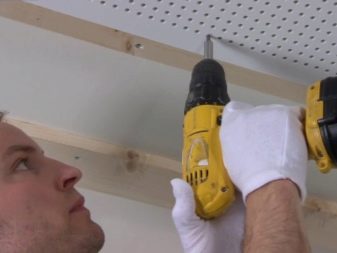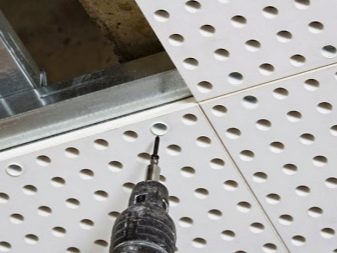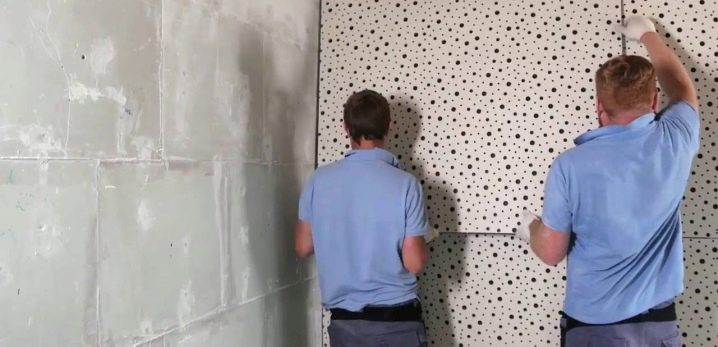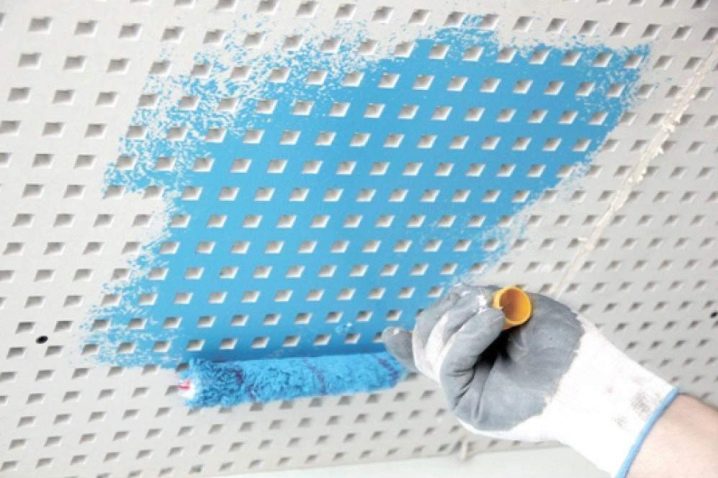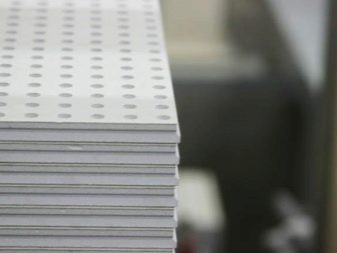Acoustic Drywall: Types and Characteristics
The task of acoustic drywall is noise absorption. This is an important nuance, implying an improvement in the acoustics characteristics in the room itself and is not intended for isolating extraneous sounds outside the apartment. Different types of such material have their own technical characteristics.
Features of building material
Sound-proof plasterboard is an innovative coating that appeared relatively recently on the construction market. It is used for walls and partitions to create an optimal level of sound.
This effect is achieved by making a special perforated coating structure., the back of which is a special non-woven fabric. Inside the holes of the dry sound muffled.Acoustic plasterboard is available in any color range, but mostly it is classic white, gray and black tones, so the material can be selected depending on the overall color orientation of the interior.
Proceeding from the main purpose of the product - the creation of an obstacle to the reflection of sound waves from the walls, such drywall sheets are applicable for facing:
- rehearsal classes;
- educational and scientific audiences;
- meeting rooms;
- music institutions;
- cinemas and concert halls.
In apartments and private homes, such sound insulation is relevant when creating a home recording studio, if there is a home theater or professional music equipment.
Innovation solves several problems at once:
- reduces the level of echoing;
- reduces any background sounds in the room;
- prevents the occurrence of echo.
Thanks to the soundproofing coating, low frequencies and human speech are more easily perceived. In addition, the plastering can be done independently using simple tools and without inviting qualified staff.
Acoustic Plasterboard Types
Features of gypsum boards are in the shape and location of the holes, in fact, being resonators, into which sound waves fall into the trap and as a result are absorbed by the material.
It is these criteria that determine the different types of GCR:
- perforation is round, and the holes reach 0.8 cm in diameter;
- square holes have sides of 1.2 cm;
- chaotic, diffuse cutting with round holes can have different parameters - from 0.8 to 21 cm.
Often, continuous perforation or block in the form of separate groups on the lateral surfaces of the plate is encountered.
Models of soundproof gypsum can differ and their edges. These are “FC” - sheets with a folded (shaped) edge and “PC” - with straight edges. An interesting detail of some sheets is a combination of different edges. So, the drywall 2PK / 2FK has two figured and straight edges.
The type of perforation has a direct impact on both the quality characteristics and the appearance of the plasterboard.
Technical specifications
If you take the size of ordinary drywall and soundproof, they are noticeably different:
- the width of the acoustic plates varies from 118, 8 to 120 cm;
- the length of different sheets varies from 199.8 to 240 cm;
- weight can also be different - from 8.8 to 9.5 kg.
- gypsum board without linen has a standard thickness of 12.5 mm;
- The material has a density of 650-730 kg / m3.
During technological tests, it was proved that the greatest sound absorption occurs at medium frequencies of 500-2000 Hz and has a figure of 0.85. In all types of gypsum panels, it is equal to 0.55. In this regard, the smallest results for scattered plates with round holes - 0.45.
It turns out that the acoustic index of drywall depends on the type of perforation. But for any size and weight of the material, the coefficient of sound insulation should be 0.2 <>
Popular trademarks
Today, there are three brands of the most high-quality and popular products:
- Sound-absorbing drywall "Knauf" - it is a quality coating for residential and public buildings, created on the basis of environmentally friendly raw materials. The material is distinguished by a variety of shapes and sizes of edges, which allows even the curved bases to be seamlessly lined.
- Soundproof sheet Gyproc AKU-line has clear advantages over similar products, as it has a thinned edge.Because of this, the overall design is made without unnecessary thickening and is lightweight, without overloading the surface.
- Rigiton plates - high quality, versatile material from Denmark. Decorative-acoustic product has a unique perforated design, eliminates the seam visibility, absorbs noise as much as possible, has optimum strength and durability. It can be painted and repaired. In addition, Rigitone Air sheets are equipped with an air purification function.
When purchasing a product, you need to be well aware of how the installation of sound-absorbing boards GKL is made.
Installation of the ceiling and panels
Products with acoustic properties are used for the construction of the ceiling and walls.
To mount the plates, you need the same tools as for an ordinary plasterboard sheet - angle grinder, narrow-shaped spatula, construction level, grater and mesh for grinding. And also necessary: a drill, a tape measure, a plastic tuba, a knife for drywall, a hand-held, stuffed plunger gun.
Bearing frame is made of galvanized profiles. Also used reinforced and combined suspension options, two-level "crabs".It is important that the ends of the joints between the plates are in the center of the profile. Sheets are laid without offset. If the design is intended for a room with a large area, deformation cuts are made every 15 m - they are necessary to reduce the load.
Along the perimeter they leave an unclosed strip 1 cm wide and sheathe it with ordinary HL in the form of a decorative horizontal ribbon. Such a frieze is allowed to be placed on top of the sheets.
Necessary recommendations
Despite the fairly simple workflow, It is necessary to follow some rules that will help avoid poor-quality plating, and this, in turn, will affect noise absorption:
- it should be remembered that for facing one surface, sheets with identical edges and perforations are used;
- the joints between the panels putty without using serpyanka and other types of reinforcing tape;
- Before work, sheets of drywall are cut with a slight bevel so that they are better kept with the solution and do not move;
- between the plates must leave 3-4 mm;
- First, the grooves from the self-cutting screws are putted with a putty and only after drying do they close up the seams and polish them;
- in the process, it is desirable to control the location of the perforation - the holes should be at the same level;
- after fastening with hardening screws, it is possible to additionally pass the seams with a putty, remove its excess, and screw heads are sealed with the compound.
It is possible to paint the panels with oil paint, but it is better to do this with a water emulsion.
Do not use lime or silicone-based coloring compositions, as such solutions can adversely affect the structure of the drywall.
Positive customer reviews show that proven products from well-known manufacturers really significantly reduce the "internal noise" and are distinguished by enviable durability. In addition, they look good, regardless of the style and design of rooms.
Acoustic drywall is a modern noise-absorbing coating, characterized by the absence of toxic substances and safe to use.
It is easy to install, it can be painted in the desired color with any coloring composition. On the finished coating, the seams are virtually invisible. If you need to sheathe the ceiling or walls with this material, then it is quite real.Using a special tape for reinforcement - serpyanka, there is always the possibility of erecting a continuous coating without joints.
For details on the installation of acoustic drywall, see the following video.
